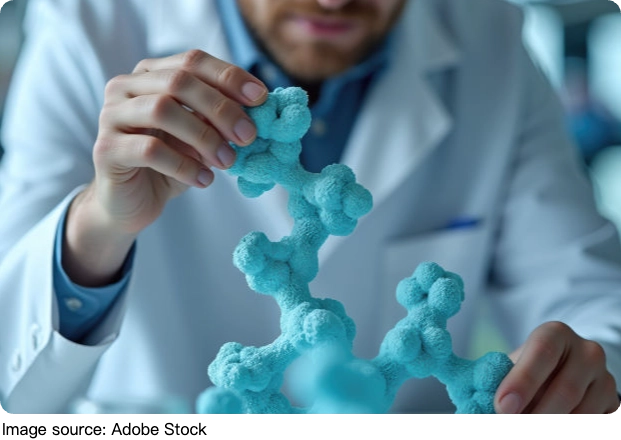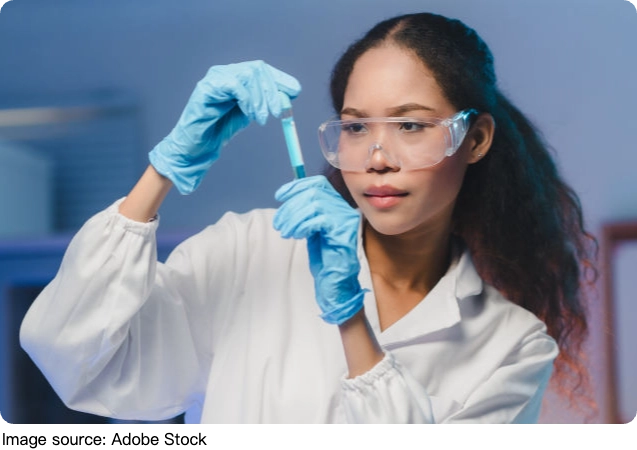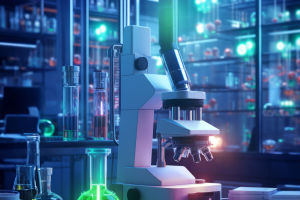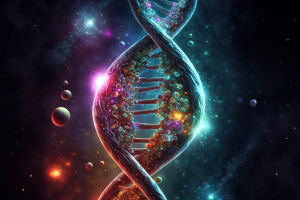Antibiotics vs Bacteria

We rely on antibiotics to treat infections, from a simple sore throat to life-threatening diseases.
These medicines have saved countless lives, but there's a growing threat that many of us might not be fully aware of: antibiotic resistance.
Essentially, some bacteria have evolved in a way that allows them to survive even when we use antibiotics to try to remove them. This issue is causing serious concerns worldwide, and it's something we should all be aware of.
In this article, we'll dive into how bacteria are developing resistance to antibiotics and what it means for us. How do bacteria evolve to evade medicine, and how does this impact our health?
What Is Antibiotic Resistance?
Antibiotic resistance occurs when bacteria change in a way that reduces or eliminates the effectiveness of drugs designed to treat infections. While antibiotics are effective in killing or inhibiting bacteria, resistant bacteria can survive treatment and even multiply. This leads to infections that are much harder to treat, and in some cases, impossible to cure with current antibiotics.
But how do bacteria become resistant in the first place? The process is largely due to evolution, a natural process that happens over time. When bacteria are exposed to an antibiotic, most of them are killed, but a few may survive. These survivors often have genetic mutations that make them resistant to the drug. Over time, as these resistant bacteria multiply, they become the dominant strain, rendering the antibiotic ineffective.
The Mechanisms Behind Resistance
There are several ways bacteria can resist antibiotics, and understanding these mechanisms is key to combating the issue. Here are some of the most common:
1. Mutations: Random mutations in bacterial DNA can make the bacteria resistant to a particular antibiotic. These mutations can change the structure of the bacterial cell or the target enzyme, rendering the drug ineffective.
2. Efflux Pumps: Some bacteria have evolved pumps that actively push antibiotics out of their cells. This prevents the drug from reaching high enough concentrations inside the bacterial cell to be effective.
3. Enzymatic Destruction: Certain bacteria can produce enzymes that break down antibiotics before they can do any damage. For example, beta-lactamases are enzymes produced by bacteria that destroy beta-lactam antibiotics, like penicillin.
4. Alteration of Target Sites: Bacteria can modify the target sites where antibiotics would normally bind. By changing the shape of these targets, antibiotics can no longer attach to the bacterial cell, leaving the bacteria unaffected by the drug.
Why Is Antibiotic Resistance Becoming More Common?
Antibiotic resistance is growing for several reasons, some of which are directly related to human behavior. Here's a look at the main contributors:
1. Overuse and Misuse of Antibiotics: One of the biggest reasons for rising resistance is the overuse and misuse of antibiotics. We often use antibiotics when they aren't necessary, such as for viral infections (like the common cold) that antibiotics can't treat. Taking antibiotics inappropriately gives bacteria more opportunities to develop resistance.
2. Incomplete Courses of Treatment: Sometimes, people stop taking antibiotics before they have completed the full prescribed course, thinking they're feeling better. However, not finishing a course of antibiotics can leave some bacteria alive, giving them a chance to develop resistance.
3. Use of Antibiotics in Agriculture: Antibiotics are commonly used in livestock and agriculture to promote growth and prevent disease. This widespread use can contribute to the development of resistant bacteria, which can then spread to humans through the food chain.
4. Lack of New Antibiotics: Another challenge is that there haven't been enough new antibiotics developed in recent years. Many pharmaceutical companies have shifted their focus away from antibiotic research, leaving us with limited options for treating resistant infections.
The Consequences of Antibiotic Resistance
If we don't address antibiotic resistance, the consequences could be devastating. Simple infections that were once easily treatable could become life-threatening again. For instance, drug-resistant tuberculosis (TB) has been a growing concern, and MRSA (methicillin-resistant Staphylococcus aureus) is another example of a deadly infection that has become resistant to multiple antibiotics.
As resistant bacteria spread, we could see more hospitalizations, longer treatment times, and higher medical costs. In the worst-case scenario, routine surgeries and minor injuries could become far riskier, as infections that were once preventable could become life-threatening.
Dr. Ramanan Laxminarayan, a global leader on antibiotic resistance, emphasized, "A lot of common surgical procedures and cancer chemotherapy will be virtually impossible if antibiotic resistance is not tackled urgently."
What Can We Do to Combat Antibiotic Resistance?
The good news is that there are steps we can take to help prevent the further spread of antibiotic resistance. Here's how we can help:
1. Use Antibiotics Wisely: Only use antibiotics when prescribed by a healthcare professional, and always finish the prescribed course, even if you feel better. This helps ensure that all the bacteria are eliminated.
2. Prevent Infections: Vaccines, good hygiene, and infection control measures can help prevent the spread of infections in the first place, reducing the need for antibiotics.
3. Support Research: We need more research into new antibiotics and alternative treatments. Supporting initiatives that focus on innovation in this field is crucial for staying ahead of resistant bacteria.
4. Educate and Raise Awareness: By learning more about antibiotic resistance and educating others, we can make better choices when it comes to our health and the use of antibiotics.

Conclusion: A Shared Responsibility
Antibiotic resistance is an issue that affects all of us, and it requires collective action to address. From healthcare professionals and researchers to everyday individuals, we all have a role to play in preventing the rise of resistant bacteria.
By using antibiotics responsibly, supporting scientific research, and taking steps to prevent infections, we can help preserve the effectiveness of these life-saving medicines. The battle between medicine and microbes is ongoing, but with awareness and action, we can ensure that antibiotics remain a powerful tool in our fight against infections for generations to come.
-
 Electric Cars ExplainedHow electric cars function, exploring their battery technology, motor systems, and environmental advantages.
Electric Cars ExplainedHow electric cars function, exploring their battery technology, motor systems, and environmental advantages. -
 Vaccine Power UnleashedDiscover how vaccines trigger our immune system and why they're essential for public health.
Vaccine Power UnleashedDiscover how vaccines trigger our immune system and why they're essential for public health. -
 Stargardt Disease: Vision!Could This Rare Eye Disease Steal Sight In Your Youth?! The Genetic Risk Few Talk About!
Stargardt Disease: Vision!Could This Rare Eye Disease Steal Sight In Your Youth?! The Genetic Risk Few Talk About!